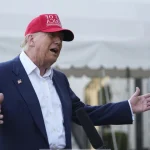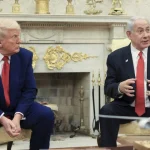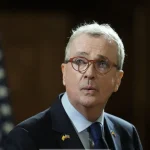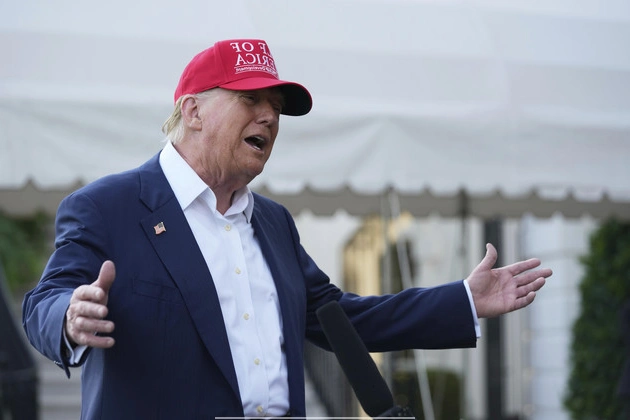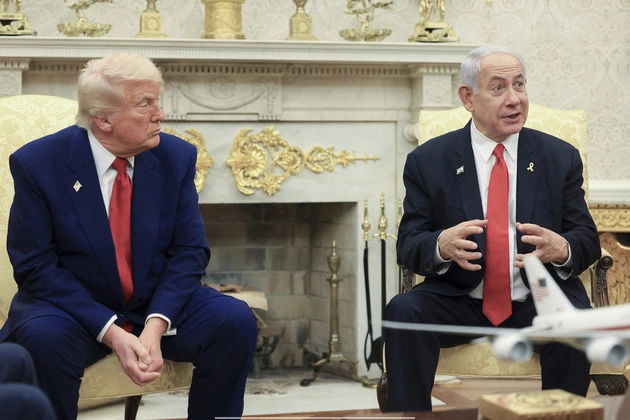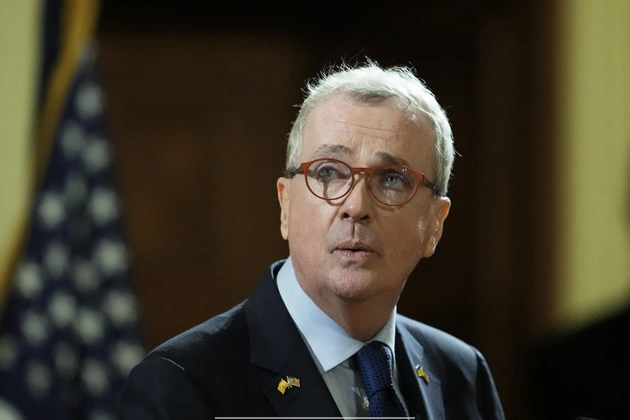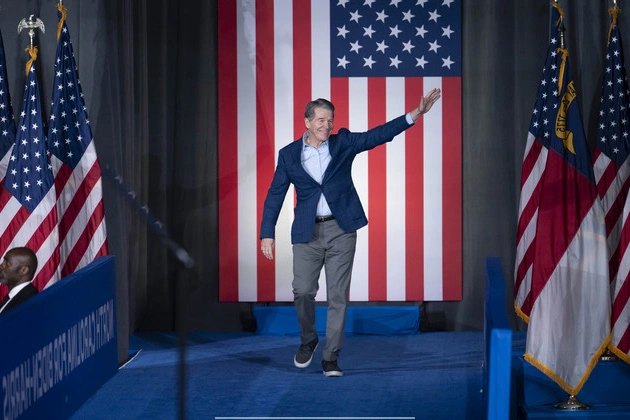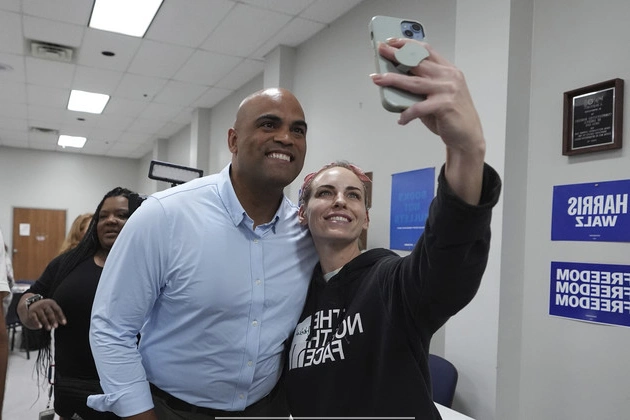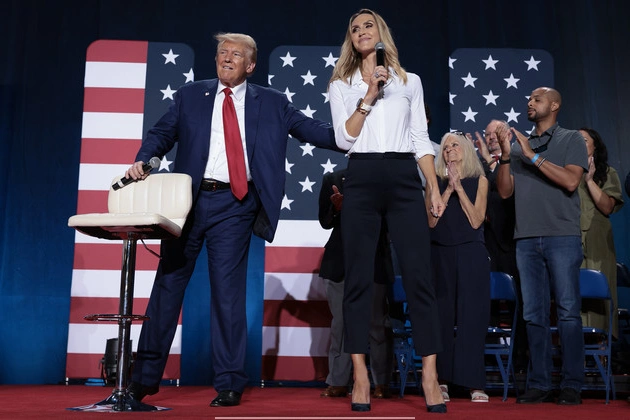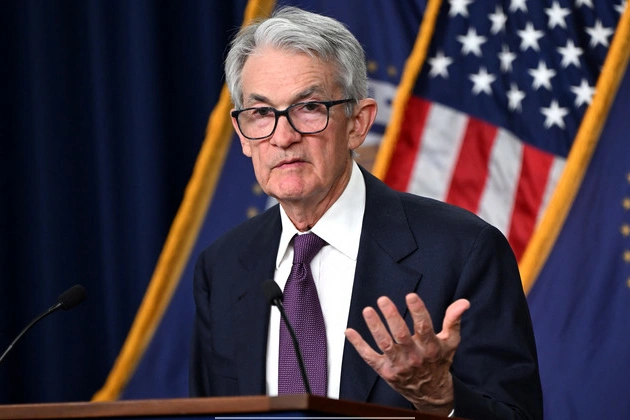
President Donald Trump made it clear on Tuesday that he has ‘no intention’ of trying to fire Federal Reserve Chair Jerome Powell, despite his recent social media outbursts towards the central bank leader.
Addressing reporters, Trump emphasized that he never had any plans to remove the Fed chief, stating that the media often sensationalizes his statements. However, he stood by his belief that Powell should consider lowering interest rates.
Timing Matters
Trump underscored that the current period presents an ideal opportunity to reduce interest rates, emphasizing that it could have been done earlier. While he expressed his desire for rate cuts, he asserted that firing Powell is not on his agenda.
The President’s repeated calls for rate cuts stem from his aim to bolster the economy amidst potential challenges from tariffs. Despite positive economic indicators as of March, Trump remains vocal about the need for monetary policy adjustments.
Public Criticism
Trump’s public dissatisfaction with Powell escalated last week when he expressed on social media that Powell’s ‘termination cannot come fast enough.’ Subsequent posts labeling Powell as ‘a major loser’ further fueled market uncertainties, causing fluctuations in government debt yields and the dollar’s value.
Reports from POLITICO revealed Treasury Secretary Scott Bessent’s warnings to the White House about the repercussions of removing Powell. The cautionary advice highlighted the risks of destabilizing financial markets, a concern that aligns with Trump’s understanding of the situation.
Political Maneuvering
White House insiders interpreted Trump’s online criticisms as a strategic move to shift blame onto Powell in anticipation of economic challenges. With tariffs projected to impact prices and growth, Trump’s remarks appeared aimed at pressuring Powell to comply with his demands.
In conclusion, Trump’s stance on Powell and interest rates reflects his economic priorities and his approach to managing market expectations. Despite the public drama, the administration remains focused on navigating economic uncertainties while leveraging monetary policy for growth.
